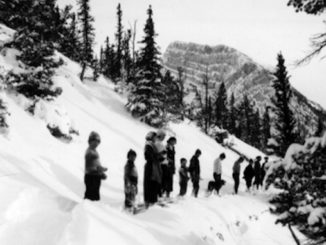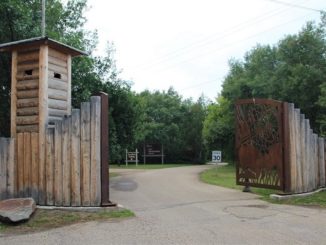Each November Canadians wear a poppy to show respect for those who have lost their lives in the line of duty. The freedoms we enjoy in this country are directly attributed to the immeasurable sacrifices of countless men and women during times of conflict. It’s common knowledge that Canada was involved in the conflicts overseas, but it is relatively unknown that the Canadian Government passed regulations allowing it to monitor immigrants that emigrated from enemy countries. Due to suspicion and wartime hysteria some of these enemy aliens were even detained in internment and prisoner-of-war camps located across the country. Alberta was not exempt from this dark chapter in Canada’s history. In fact, it was home to several different camps spread throughout the southern half of the province. It is at these historical sites that you can learn, explore, discover, and pay your respects.
As part of a multi-million dollar renovation project to the Cave & Basin National Historic Site in Banff National Park, Parks Canada opened the Enemy Aliens: Prisoners of War exhibit. The exhibit explores the history of civilian and military internment in Canada between 1914, when the first camp opened, and 1920, when the last one finally closed. There is a particular focus on camps that were located within national parks.
As quoted from the Parks Canada website, “The internment camp in Banff was established at Castle Mountain in July 1915, then moved to Cave and Basin that November. Internees in Banff lived and worked in basic conditions, and there were many reports of rough treatment by guards. Some internees resisted, and escapes were common. The internment camp in Banff closed in July 1917. The remains of former sites of internment are few, but are a testament to this little-known episode in Canada’s history.”
Today there is nothing left at either site, except for a memorial along the Bow Valley Parkway and the aforementioned Enemy Aliens exhibit. Both will ensure these stories survive as a testament to Canada’s wartime history.
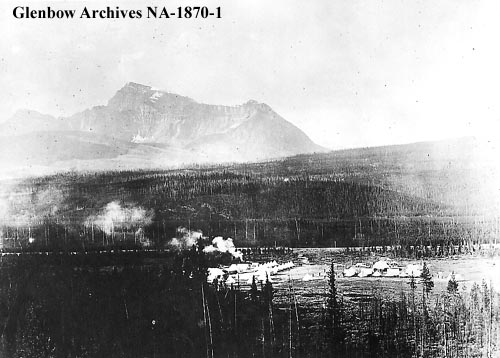
I previously wrote about the Castle Mountain Internment Camp, as well as the camp located in Kananaskis Country, in my story Lest We Forget.
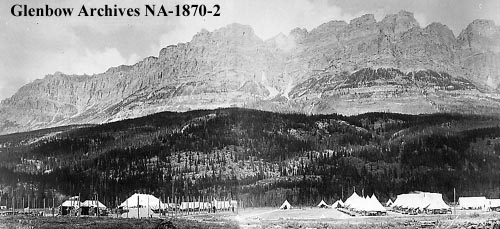
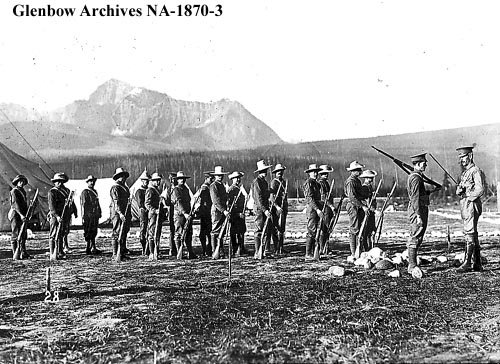
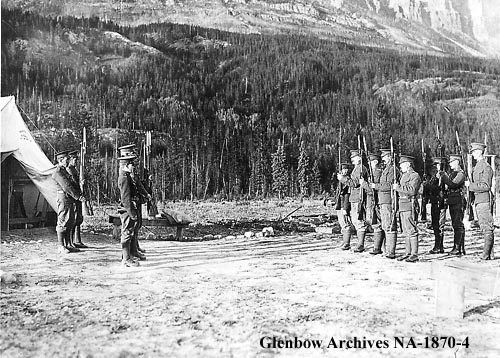
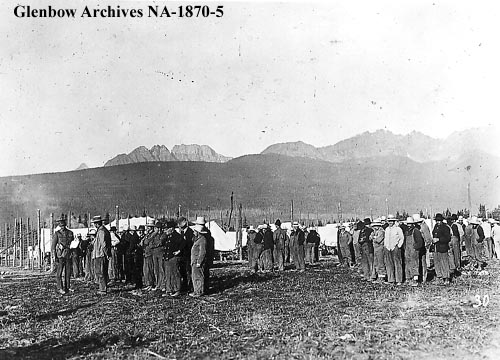
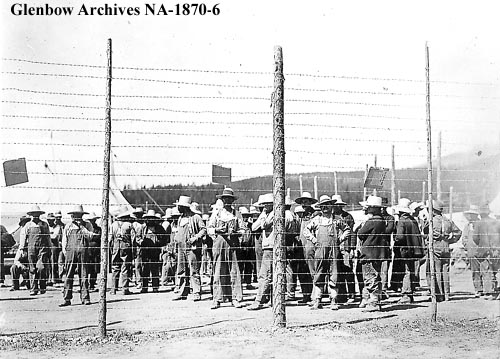
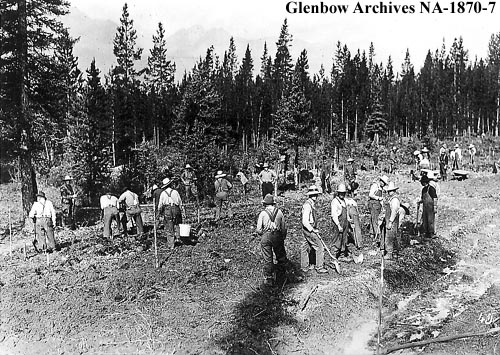
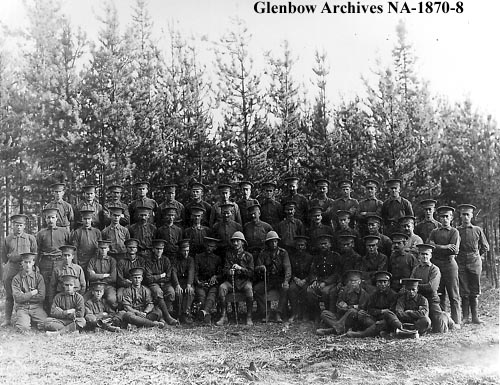
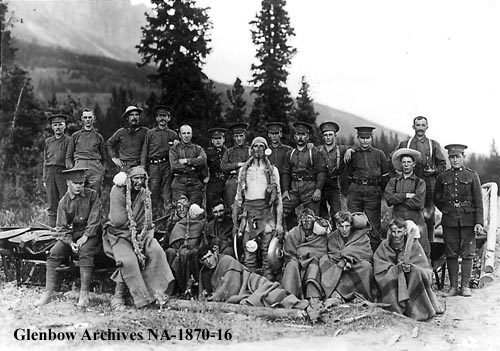
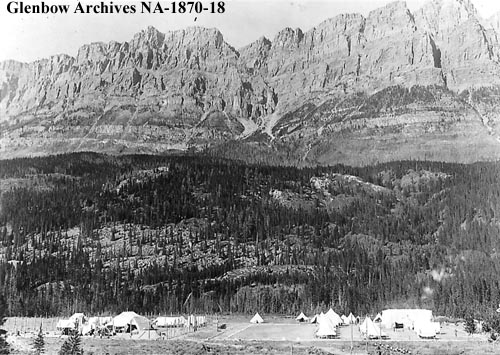
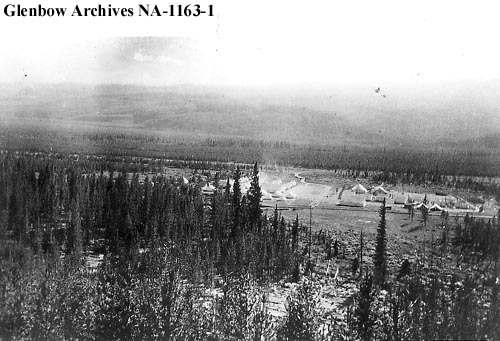
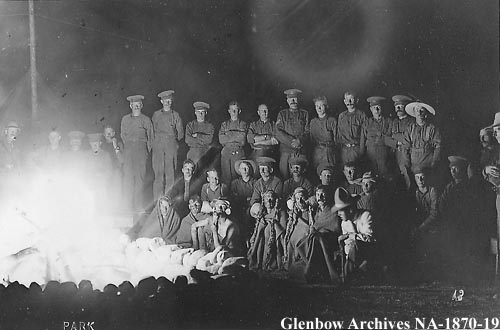
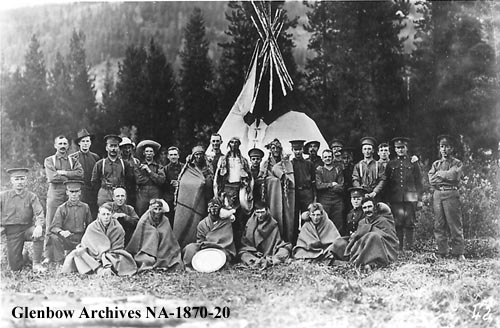
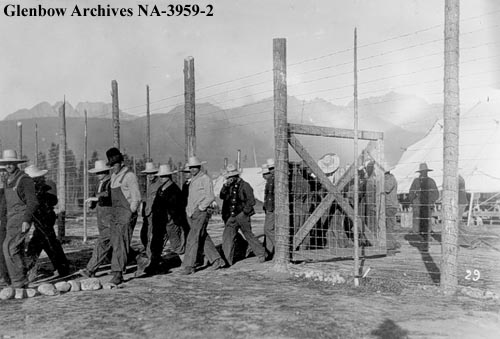
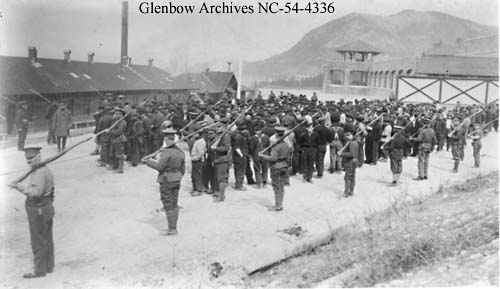
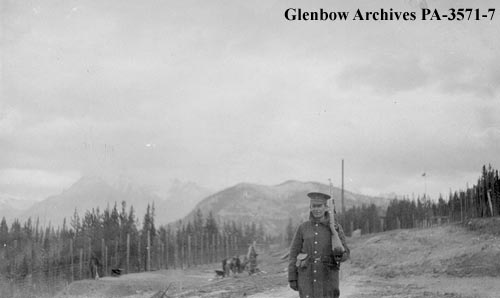
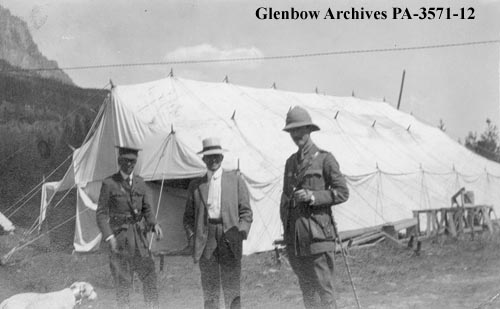
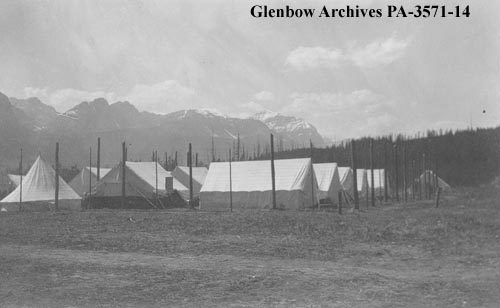
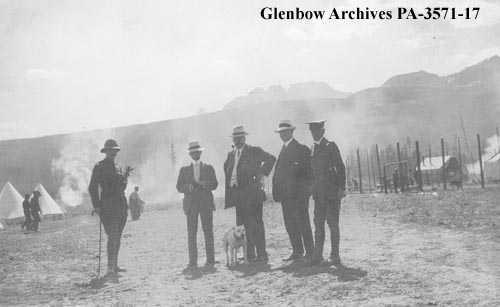
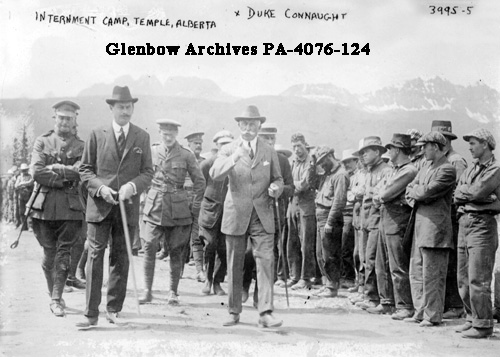
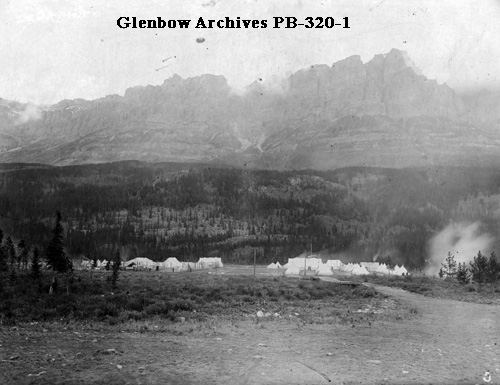
This November make sure you wear a poppy and attend a Remembrance Day service to honour those who have fought and died for this great country. Afterwards make the short trip out to the mountains and visit one of these former wartime sites. It’s a honourable way to remember those who made the ultimate sacrifice so the rest of us can continue to live in freedom.
Lest We Forget.


